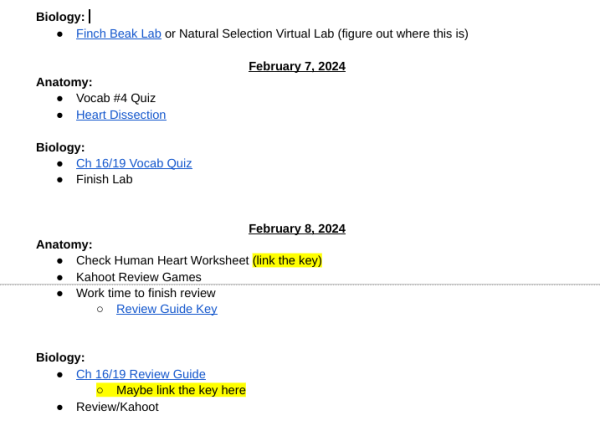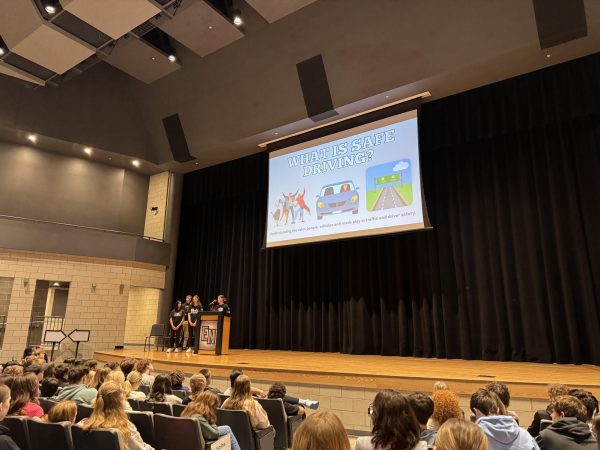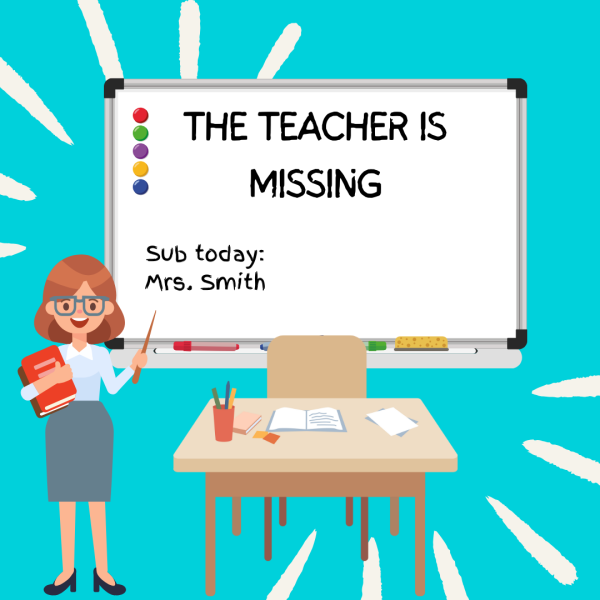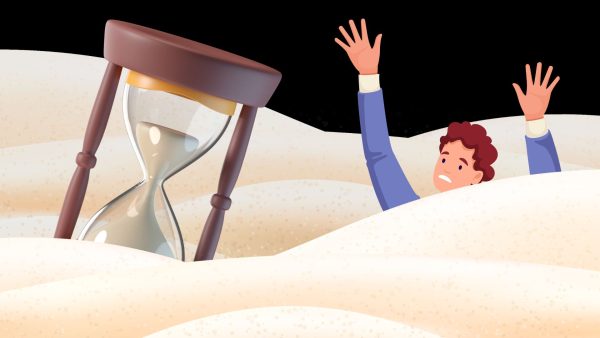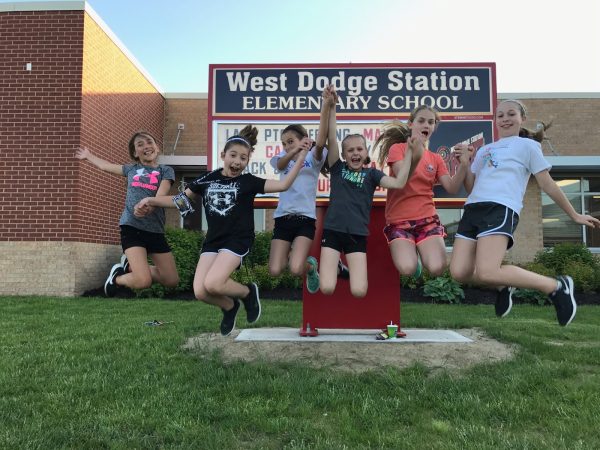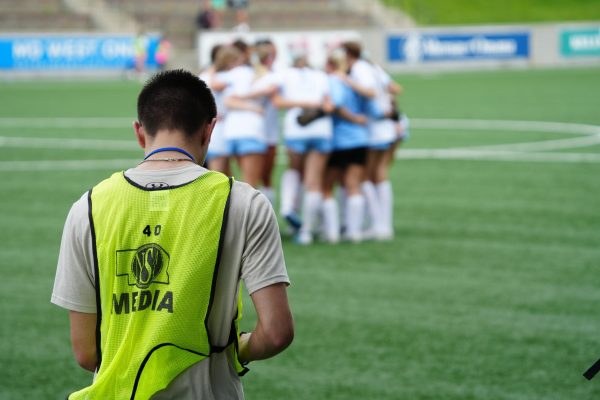Slavery: Something We Should Teach More About
School does not teach us enough about slavery.
Slavery a word so simple, yet holds so much behind it. Beginning in ancient times, slavery was used as a source labor, and slaves were seen as less than others. Over time slavery soon turned into more than it was before. Slavery, began in the 1600’s in the US, and grew widley bigger in the 1800’s. Shortly the Civil War would begin and end with the Emancipation Proclamation, declaring those who escaped from the South to the North would be free. Something that I did not even realize till this year was the Emancipation Proclamation did not free all slaves. A document so simple yet so big, I myself was not aware of the real meaning of. We happen to learn most of our knowledge about slavery in school, yet what we fail to realize is not even school covers slavery correctly.
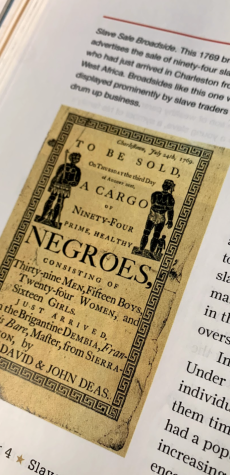
We often skip a big part of slavery, the horrors. Often teachers teaching young children are too afraid to tell them what really happened. Instead kids are told the basics, often a version where slaves are on a farm, picking cotton, and if they do something the owner does not like they are hurt. We often miss the first part where slaves were sent on ships, starved, packed in tiny areas, with little to no air to even breath and brought to land where they would be soon treated inhumane.
Something we fail to see is we are taught about the heroes, the stories with happy endings, not why slaves had to do so much to see even a bit of freedom. An example of this would be Harriet Tubman. What many have learned was Tubman created the Underground Railroad and helped a countless number of slaves to freedom. But many young students don’t yet fully comprehend what slavery entailed or why the runaways needed to flee. So, they are introduced to tales of heroic escapes from slavery without really knowing what they had to go through to get there.
According to Washingtonpost.com, “Childhood education experts agree that reaching students at an early age with facts, rather than myths about slavery, is essential for a transformation of learning.” Teaching kids in depth when they are younger about this can help them later on in understanding the finer points so they have a good understanding, instead of just knowing basics.
Abbie Lamb, a history teacher at Elkhorn North High School finds it important to teach Black History beyond what is included in the text books. “February, we were really intentional about what the content we needed to teach right now and what we can include now,” Lamb said.
Lamb and others history teachers have included curriculums based around important events like the Omaha Race Riots, which resulted in the lynching of Will Brown. Right here in Omaha, the horrific event occurred, all on a false accusation. Brown was hung and burned to death. This year we were shown pictures of Brown’s body, we read articles, talked heavily about the event in detail, which I had never done before. With this, I saw beyond the few sentences in the textbook; instead I saw the reality.
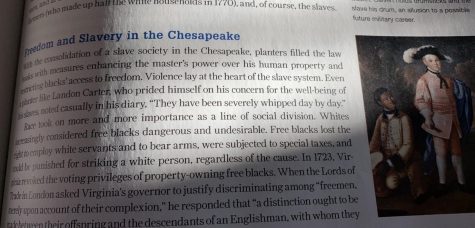
Lamb thinks that we can improve this even further by including sources with Black authors, not just during February, and not just when we are learning about civil rights.
As we learn more and more, including more detail about the horrors of history is important, slavey being just one. With this knowledge, I think we could grow as a society, preventing history from repeating itself.
Your donation will support the student journalists of Elkhorn North High School. Your contribution will allow us to purchase equipment and cover our annual website hosting costs.




